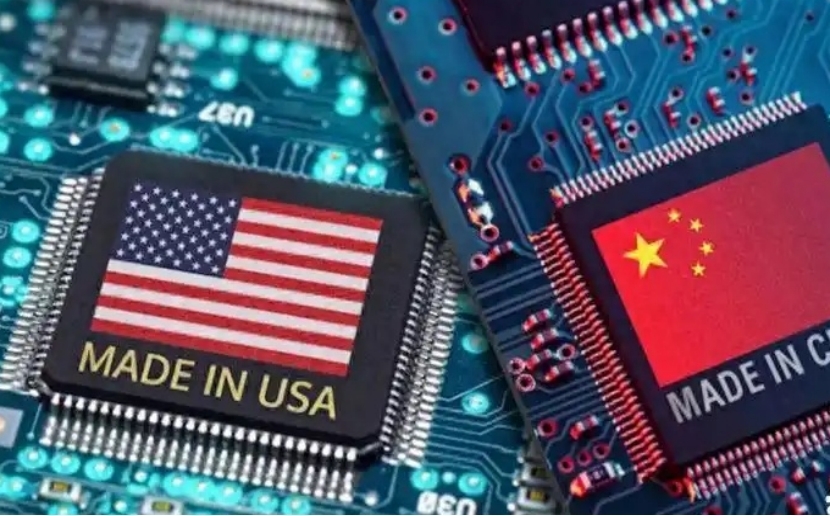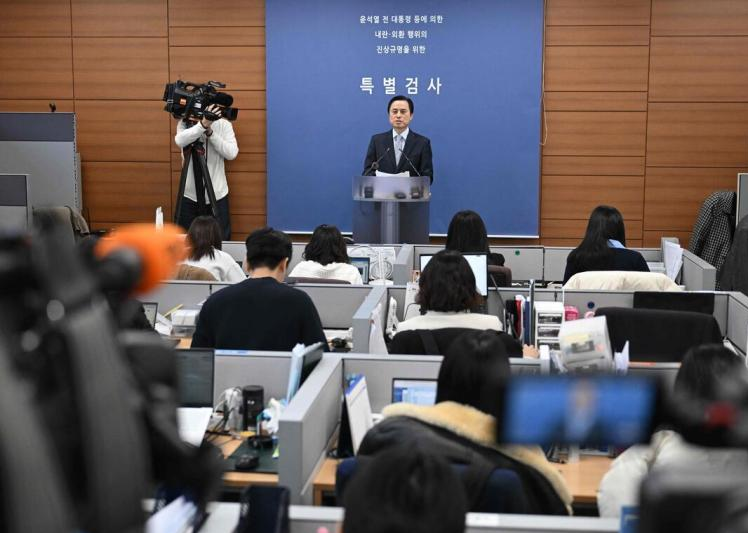
On July 3, 22025, the global semiconductor industry reached a critical turning point - the Bureau of Industry and Security (BIS) of the US Department of Commerce officially lifted export restrictions on Chinese chip design software (EDA). Siemens, Synopsys, and Cadence, the three major EDA giants, have successively confirmed the resumption of supply to China, just 35 days after the ban was implemented on May 23. This game that affects the international supply chain has come to an end with a rare "sharp turn" in policy, but it has also revealed a more complex picture of technological geopolitical competition.
The direct signal of policy reversal begins with corporate announcements. Siemens was the first to issue a statement stating that it received a notification from the US on July 2nd that "the control restrictions on exporting EDA software and technology to Chinese customers are no longer applicable," and immediately resumed related software sales and technical support. Xinsi Technology followed suit and confirmed to the media that it has restarted the supply of restricted products in the Chinese market. Its US stock price rose by 5% in response, and the market's expectations for the repair of the industrial chain quickly projected onto the capital level. Although Kaideng Electronics has not made a high-profile statement, its Chinese executives have revealed to the media that the three major companies have been simultaneously notified of the lifting of restrictions, and their business status has returned to the level before May 29th.
Looking back at this controversy, at the end of May, the US suddenly requested EDA giants to suspend their supply to China, targeting advanced process tools below 10 nanometers, especially ECCN 3D991 and 3E991 software that restrict the chip design verification process. The ban once cut off more than 70% of China's EDA tool sources, putting pressure on the high-end chip research and development processes of companies such as Huawei and SMIC. The global semiconductor sector's market value evaporated by over billions of dollars in a single day. The Chinese Ministry of Commerce has strongly protested against the "discriminatory restrictions" imposed by the United States, pointing out that they "seriously threaten the stability of the global supply chain". Meanwhile, local EDA companies such as Huada Jiutian have accelerated their technological breakthroughs, and their market share has jumped from 6% to 11% in the short term.
Behind the lifting of restrictions, the triple driving force is tilting the policy balance. The economic pressure is at the forefront: New Think Technology's revenue in China plummeted by 37% in the first quarter of 2025, and the three giants face a gap risk of 12% -16% in annual revenue. The capital market expressed its rejection of "technology decoupling" through a sharp drop in stock prices. The simultaneous manifestation of technological countermeasures: Chinese chip design companies urgently launched a "dual track system", 67% of enterprises used domestic alternative solutions in parallel, 14 nanometer EDA toolchains completed verification, 5-nanometer research and development accelerated, and the process of self-reliance was forced to accelerate due to the blockade. More importantly, the exchange of negotiation chips between China and the United States: The lifting of the ban coincides with the implementation of the London economic and trade talks consensus in June, where the United States simultaneously lifted restrictions on ethane exports, while the Chinese side promised to "legally approve and control the export of controlled items", which is interpreted as a game balance between "rare earth control" and "chip tools".
However, loosening restrictions does not mean the end of the dispute. The US Department of Commerce retains the "dynamic evaluation mechanism" in the notification, laying the groundwork for policy adjustments; The blockade of cutting-edge fields still exists, and the ban on 3-nanometer GAA process EDA tools and AI chips remains unresolved. The stress strategy of Chinese companies also reflects deep vigilance: a semiconductor company in Shanghai was exposed to hoard three years of EDA authorization, and more manufacturers have formulated "substitution layering" plans, grading tools according to import dependence and supporting 90 day emergency procurement to 365 day self-developed plans. This bottom line thinking echoes Ren Zhengfei's previous assessment that Chinese chips need to compensate for performance gaps through asymmetric paths such as "algorithm optimization+group computing".
The international supply chain has gradually stabilized after a brief oscillation, but the cracks are difficult to heal. The assertion made by the CEO of ASML in the Netherlands that "the more the United States blocks the way, the more difficult it is for China to overcome" is being fulfilled, as European companies demonstrate their position of "business first over standing in line" through cooperation in lithography technology. The 14th Five Year Plan for Integrated Circuits in China has raised EDA R&D subsidies to 4.2 billion yuan, accelerated the integration of domestic tool platforms, and cases such as the acquisition of chips and semiconductors by Huada Jiutian indicate that the competition for the 5-10 year technology replacement window has already begun.
When Siemens engineers logged back into the servers of Chinese customers, Xinsi Technology's verification tools once again started the domestic chip design process. Behind these technological interactions is the silent dissolution of political barriers by the resilience of the global semiconductor ecosystem. As warned by the Boston Consulting Group report, complete decoupling will lead to an annual reduction of $120 billion in global research and development investment, which no country can bear. Unlocking the ban may be a tactical compromise, but market laws will eventually prove that blockades can never stifle innovation, but only accelerate the technological awakening of a multipolar world.the cracks in traditional allies are measured by tariff percentages.

YTN TV of South Korea reported on Tuesday (December 16) that the South Korean court plans to make a ruling on the charges of former President Yoon Suk Yeol for obstructing justice on January 16, 2026.
YTN TV of South Korea reported on Tuesday (December 16) tha…
On December 7, a new round of intense military conflict bro…
Recently, US media disclosed that the Pentagon is planning …
From three launch failures and a brush with bankruptcy to n…
Recently, a major piece of news has emerged in the US polit…
Against the backdrop of the Federal Reserve's third rate cu…